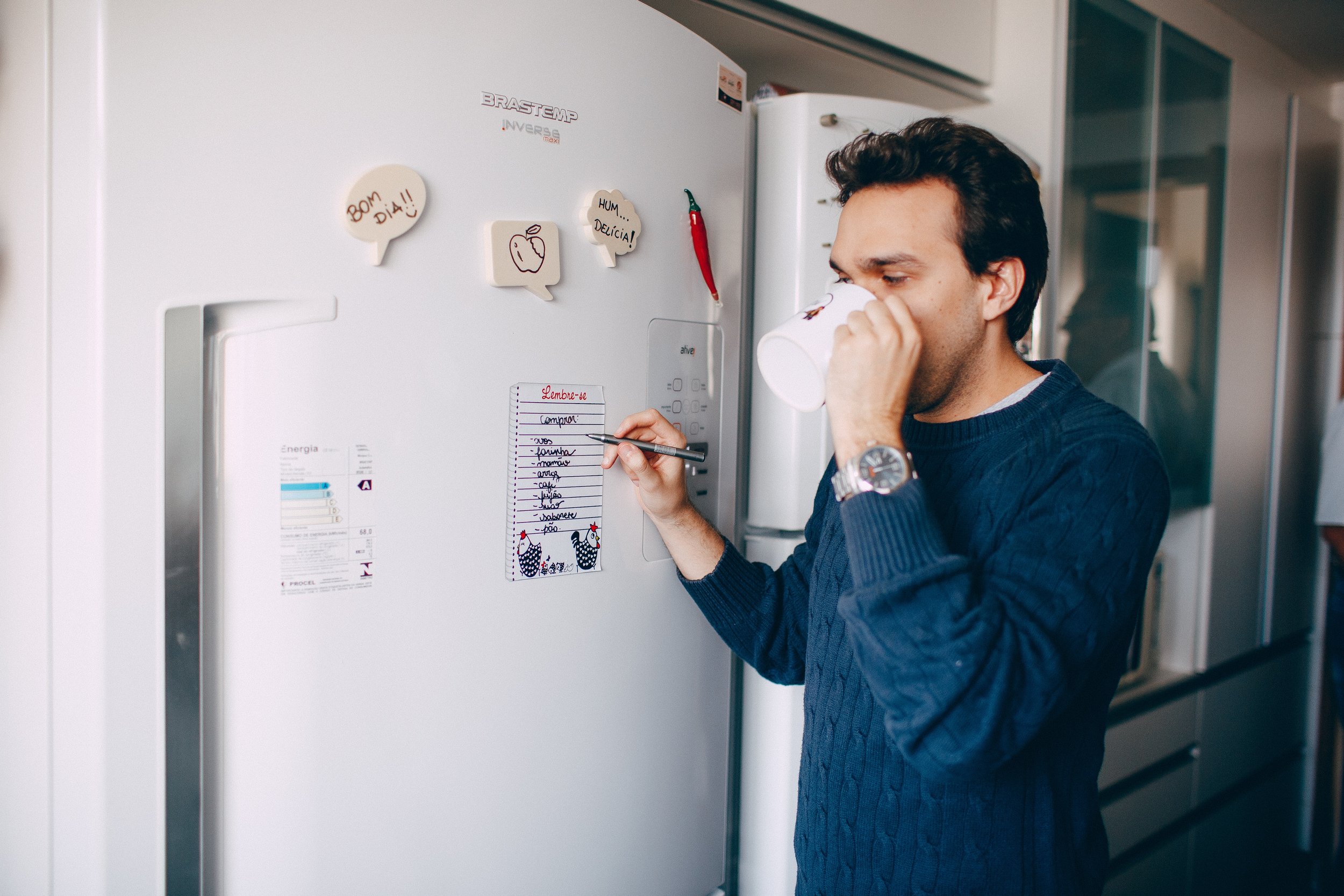How to Include Relaxation in your Routine
Part 2 of 3 in the series, How Can Short Relaxation Exercises Help You?
After exploring what motivate’s you in the last blog post, the next step is to find out where relaxation can fit into your daily routine. Almost everyone has some sort of pattern to their day: a workday schedule could consist of waking up, working, commuting, preparing dinner, an evening activity and preparing for sleep. Or your day could simply be broken up into morning, afternoon and evening activities and meals.
A routine provides structure, organization and certainty in our daily lives. As the coronavirus pandemic has taught us, not feeling a sense of stability can be detrimental to our mental health, especially when it feels like we don’t have much control.
Routines also help alleviate stress by reallocating cognitive resources that can become stuck ruminating about problems. According to neuroscience, our brains are prediction machines and routines provide them with “data” to help us navigate a complex and stimulating world.
Where can relaxation fit into your routine?
Having some sort of routine is beneficial to our health, but how fixed and full it needs to be varies from person to person. Here are a few guiding questions to ask yourself:
What does your routine consist of? Think about what you do on a typical day from the time you wake up to how you fall asleep. Write this down, as it can be helpful to see your routine in a visual format.
Is your current routine working (ie. do you feel a sense of balance in your daily life)?
Where do you think relaxation can fit into your routine? Remember, the downloads on Relaxation on the go are all under five minutes, so you only need a few minutes each day.
Start by inserting a relaxation exercise into a certain part of each day. Experiment and find a time that works best for you on a regular basis. After you have determined where and when relaxation best fits into your routine, it’s time to start creating a new habit.
References
Arlinghaus, K. R. and Johnston, C. A. (2019) The importance of Creating Habits and Routine, American Journal of Lifestyle Medicine, Mar-Apr, vol 13 (2), pp. 142–144.
Doidge, N. (2015) The Brain’s Way of Healing: Remarkable Discoveries and Recoveries from the Frontiers of Neuroplasticity. Viking.
Hammell, K. W. (2020) Engagement in living during the COVID-19 pandemic and ensuing occupational disruption, Occupational Therapy Now, vol 22 (4), pp. 7–8.
Lally P., van Jaarsveld, C. H. M., Potts, H. W. W., Wardle, J. (2010) How are habits formed: modelling habit formation in the real world. European Journal of Social Psychology, vol 40, pp. 998–1009.

